This semester we were focused on exploring documentaries and what it means to communicate design, digital media, and English assignments through a documentary lens. Starting in English, we had to create a concept to explore and go out into our community to research it, interview subjects and then create a research paper about our explorations. For my topic, I wanted to research the activism history of the Bay Area, centered on the question of “What it means to be an active community member.”
One of my family friends, a long-time activist and active community member, Chris Shrager was the primary subject of my documentary. I researched his engagement through local, Bay-Area newspapers from the ’60s and ’70s, through interviewing him as well as his friends that worked with him, and through the Arizona Bureau of Land Management website, where he currently works as an archeologist and adobe restorator.
In design, we were tasked with creating a physical book that was published about our topic, using design principles and former knowledge from earlier in the year.
I learned so much throughout this unit, not only about my subject by doing a deep-dive into the work that Chis Shrager had done, but also about the various programs we used to create the final projects- Adobe InDesign and AfterEffects. Although there definitely struggles that I had to overcome, we made it through and were able to end this unit in a stressful, but satisfactory way.
“How do you creatively and truthfully portray a significant person, group, place, idea, or issue in the community?”
For our Junior Documentary Project, the goal was for students to portray an intriguing person, group, place, idea or issue, gathering primary as well as secondary sources to develop a distinct perspective about the subject’s significance in their community. A research-based paper supplemented this project and serves as the copy for the design book and magazine article that was published through Digital Media. This unit is meant to emphasize narrative-style journalism.
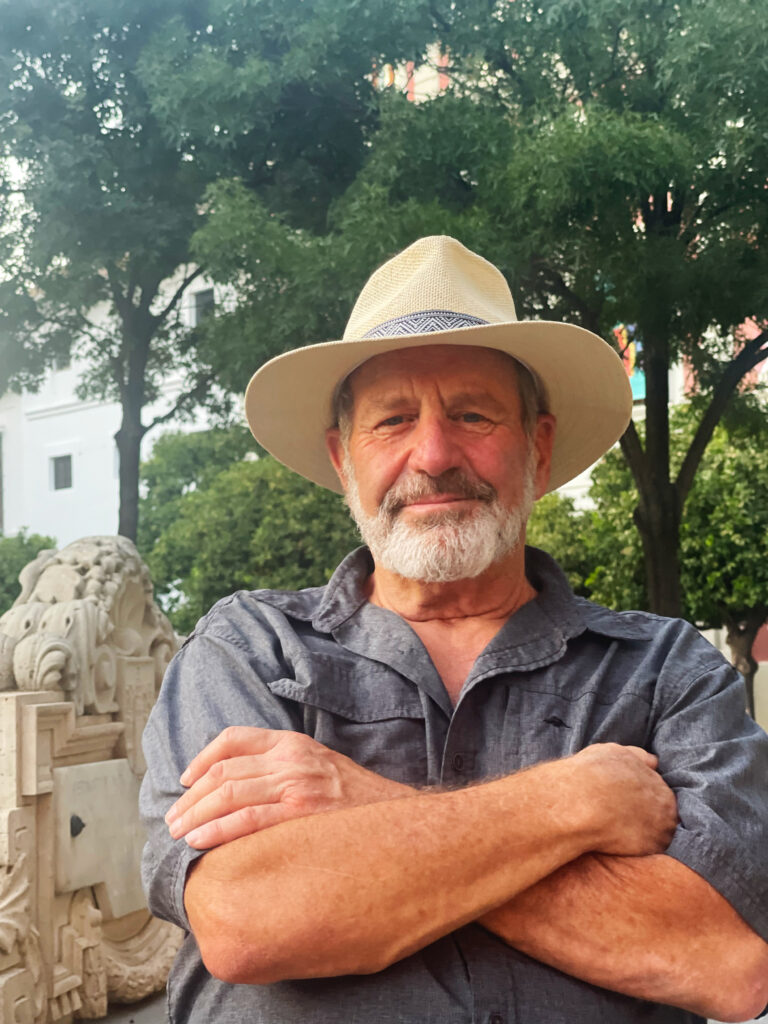
My documentary profile follows Chris Shrager, a lifelong activist and actively engaged community member. After being released from boarding school in Arizona for speaking out against the Vietnam War, he traveled to New York. Where he would join self-proclaimed “anarchist” groups, actively resisting the war and especially the draft. With this group, he would travel to Cuba at the peak of the Cold War and see how the American narrative of Communism was incorrect about the way it affected the citizens under it. Upon returning to the US, he attended a protest in Washington D.C. where he was teargassed, then directly rode back to the Draft office in New York, registering his address as Havanna, Cuba. This was just the start of his political engagement.
He returned to California, where he grew up, and became a member of the Black Panther Party, engaging students across the Bay Area to join in the fight against racial discrimination. Shrager, and his close friends, Harry and Vicki Clark (who were also interviewed on this subject) started non-profit coffee shops, medical clinics, and small colleges, and Shrager even donated his family house in Menlo Park to the city to be used as an Orphanage. Governor Gavin Newsom recently visited the site and gave a state grant to the house to keep it as an active city landmark.
As racial tensions lessened after the Civil Rights Act was passed, the groups disbanded and many went on to continue their passion in different sectors of society. Harry and Vicki Clark stayed in the Bay Area and worked as teachers, while Shrager went to Arizona and worked for the Department of the Interior and Bureau of Land Management as an archeologist and restorer of state and federal landmarks. Through this work, Chris Shrager continued his passion for change-making and can show younger generations that there are various definitions for being politically involved and that sometimes you have to work within the belly of the beast to provide the most impactful change.
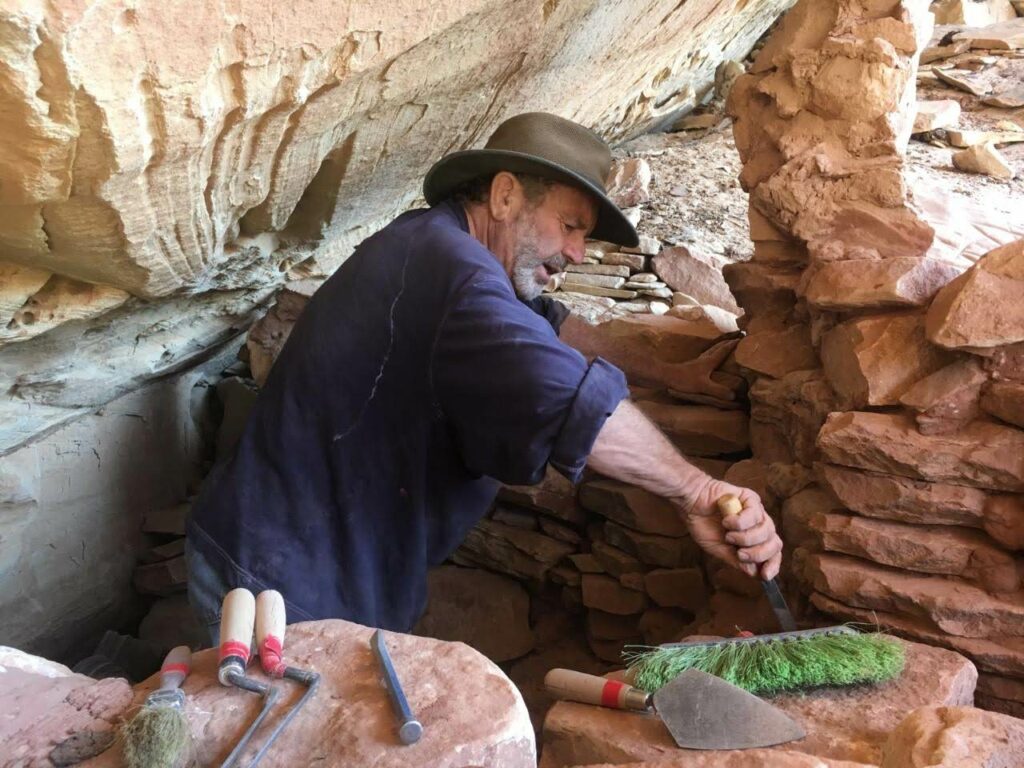
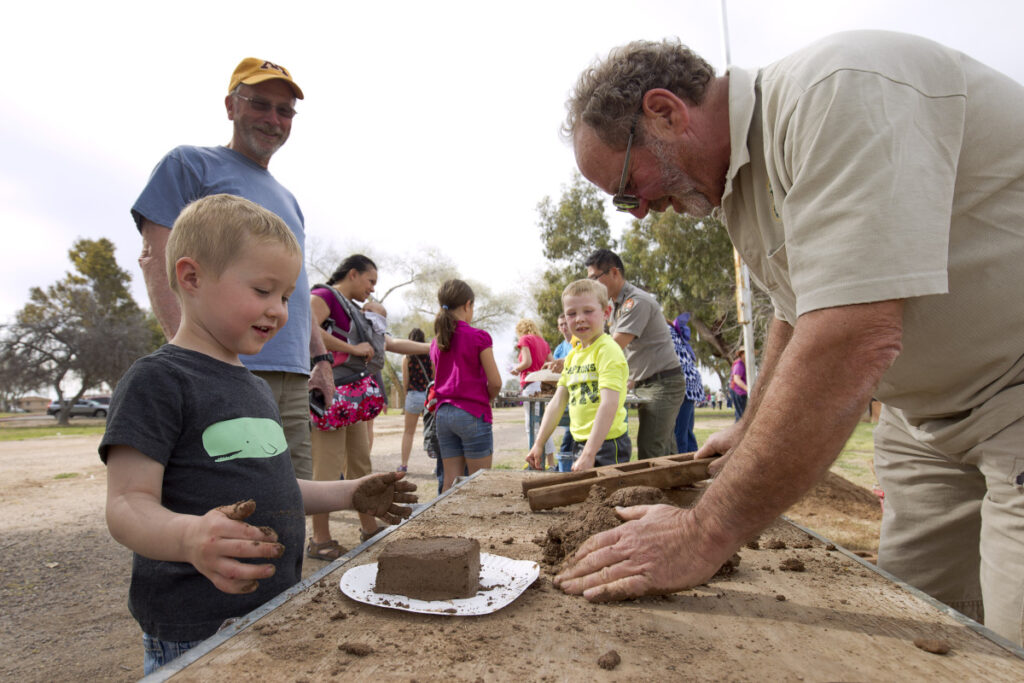
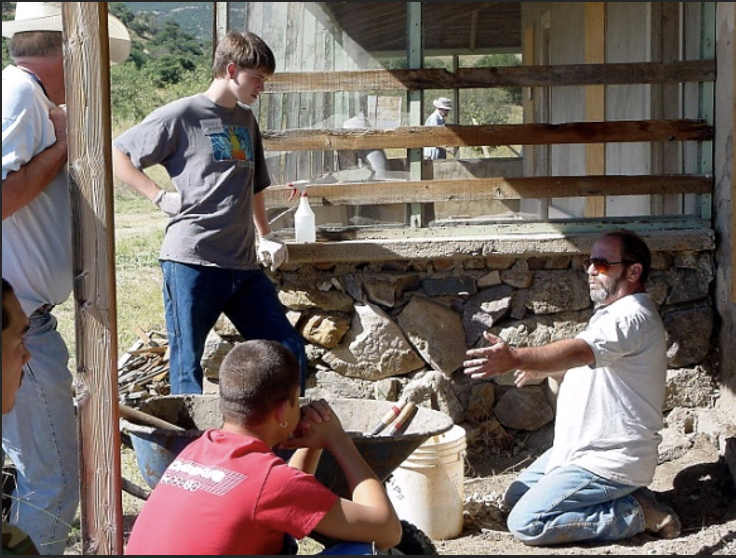

Interview #1 – By William Anderson
- (Chris Shrager, Harry Clark, and Vicki Clark)
On February 21, 2023 at the Clark’s home in BoulderCreek, CA
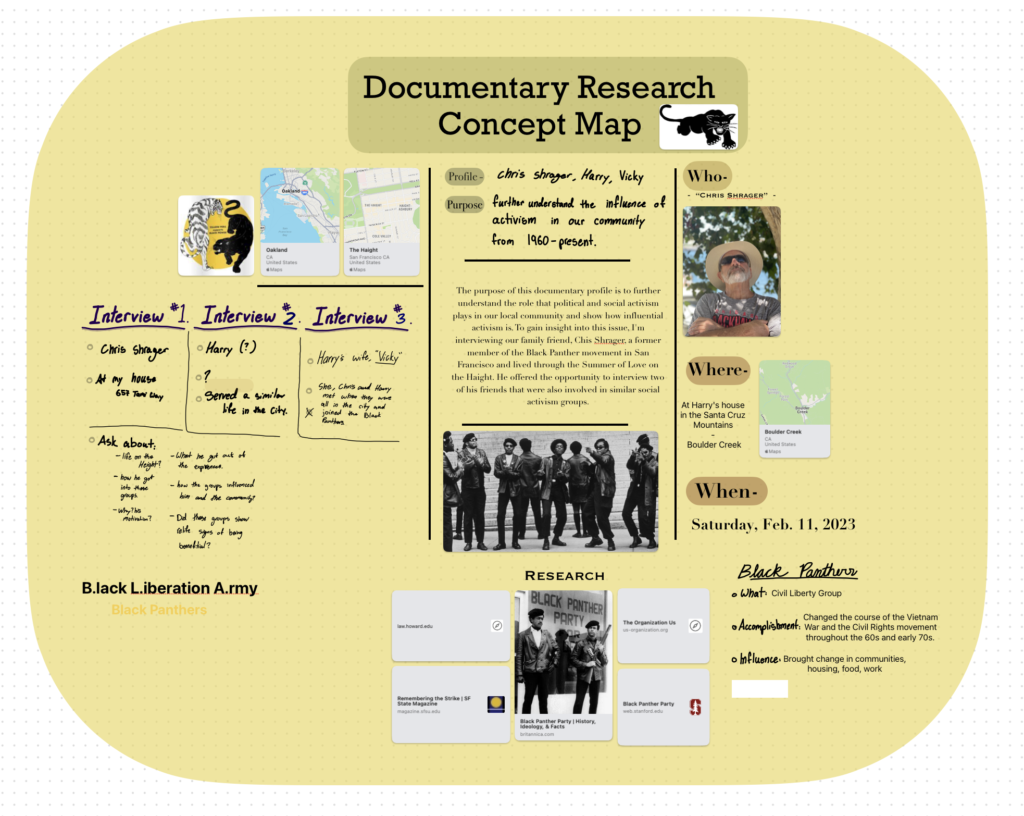

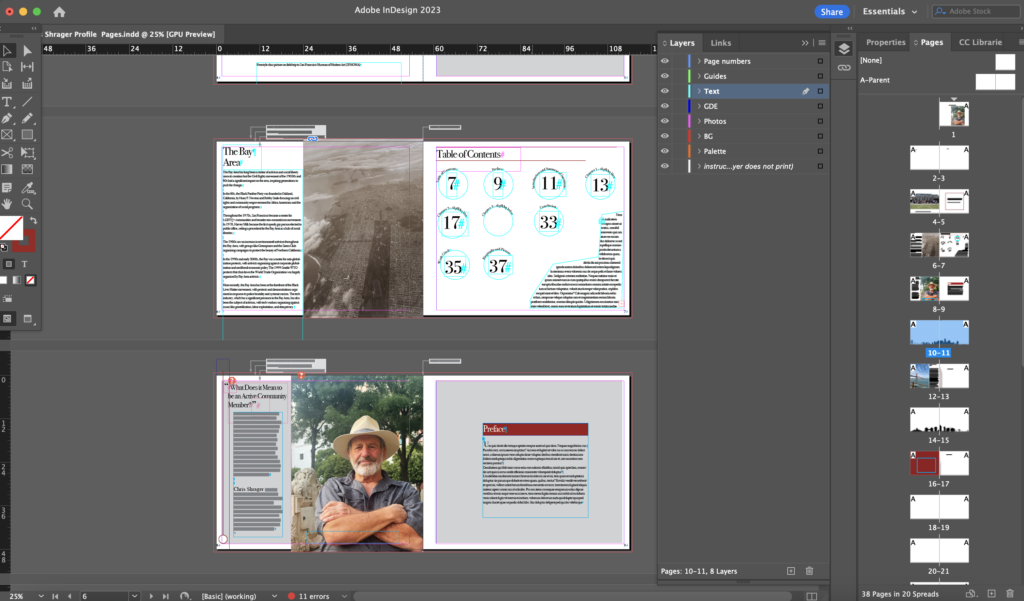
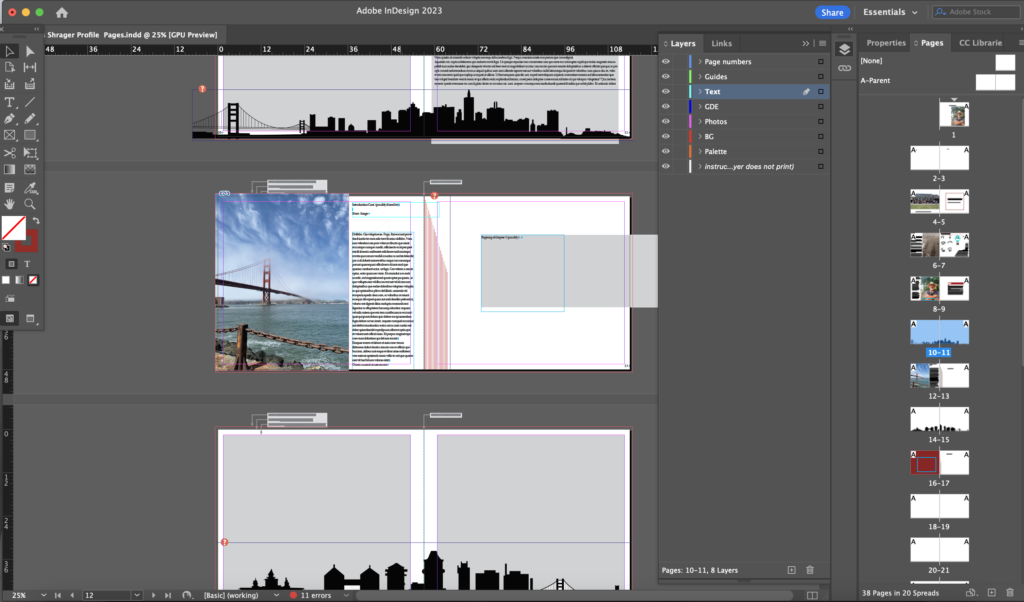
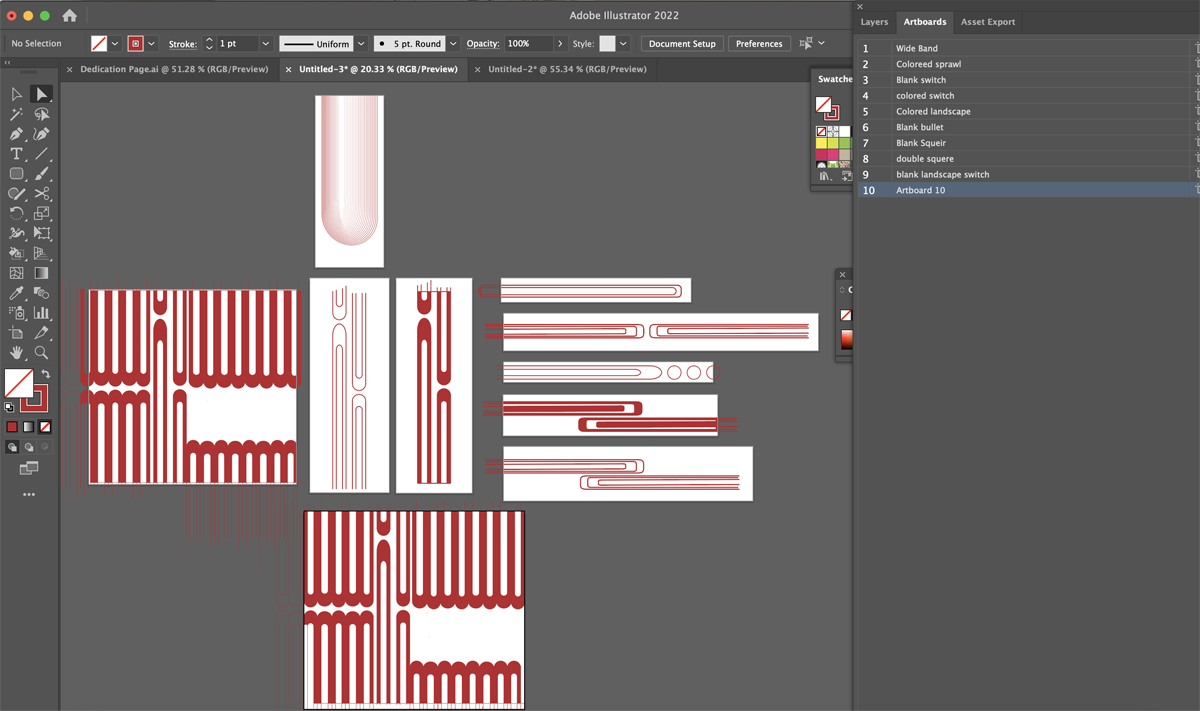
Click to open flipbook

Production of Intro-Vid
To make the Introduction Video for this project (above), we first had to tackle Adobe’s AfterEffects. The software is similar to other programs we’ve used before but learning it was a daunting task at first. I gathered images I took of my documentary subject, Chris Shrager, and from other online archives to create this video. The process was rather involved but I was able to learn a lot about the program and how significant of a content-creation software AfterEffects is.
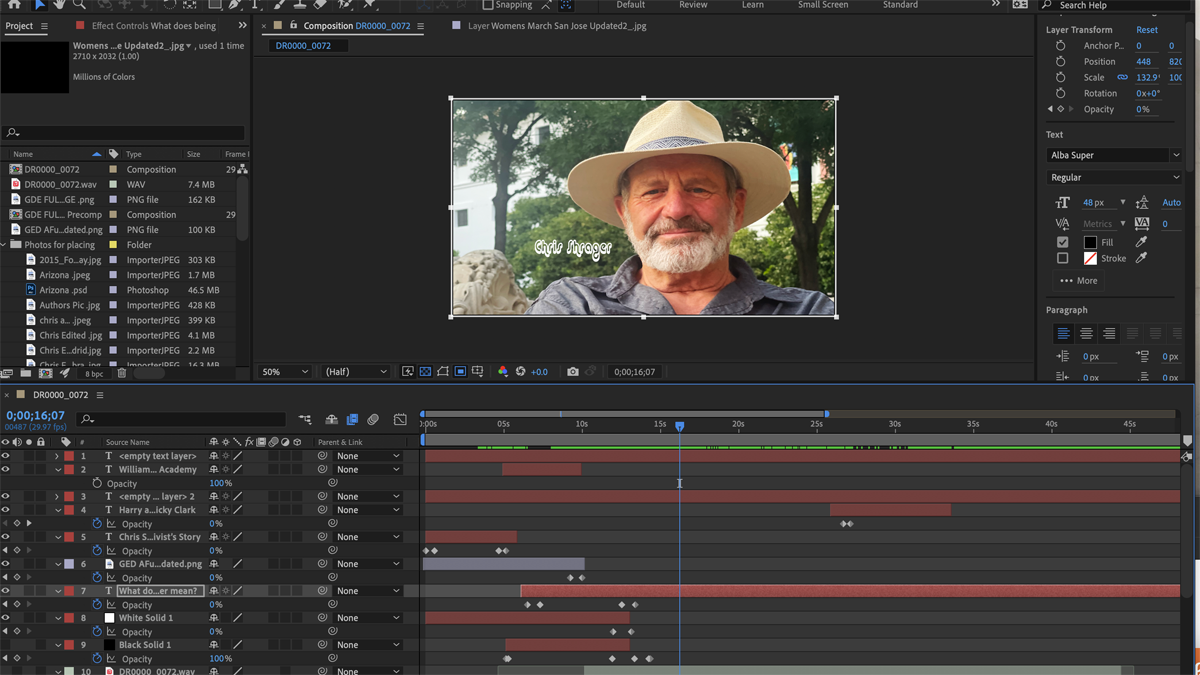
Reflection
This project meant so much for me because I learned so much about my local communities history, as well as the influence and impact that a family friend had through his lifelong commitment to giving back to his community. This was defiantly one of the hardest and more involved projects that I’ve had to do but it made me view the content I absorb in my daily life with a much higher appreciation, especially now that I know the sheer amount of work that goes into producing something like this.
A Thank You
To everyone that helped make this project what it became. To my Freestyle teachers who helped me solidify and accurate the outcome of this project. To Harry and Vicky Clark that retold their story to me to develop this project and of course, Chris Shrager who allowed me to make this book in honor of him.